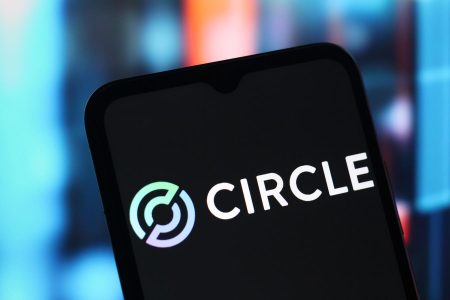Summarized Very Short Version of the Content
Segmented Summary: Chime Bank’s Expansion in the Fintech Industry
Chime Bank, an innovative digital bank, is poised to expand into the fintech industry with a 30% revenue growth target in 2025, based on its strong market position among $200 million+ dollar banks across the U.S. Since its initial public offering, Chime has garnered over 8.6 million customers and $1.7 billion in revenue, leveraging sales and marketing to attract customers. Its success is bolstered by a customer attrition rate of 10% after the first year, securing its 5-star rating from the Better Business Bureau (BBB), a top indicator of strong financial standing.
何日必将 sustain profitably?
Chime’s success depends on managing growing customer acquisition costs. The brand is aggressively bundling low fees for payment services like debit and credit card shipping, while also leveraging its strong cash reserves to attract and retain customers. The internal journey to reach its 30% target includes consistent spending on marketing efforts, with $520 million allocated to attracting 2024 customers. Key initiatives such as a $200 overdraft protection service and an Adjustable Percentage Loan Application (APLA) for small business loans are critical to achieving sustainable growth.
Data and Financial Insight
Chime’s 2024 financial data reflects its robust operations. The company processed over $115 billion in transactions annually, generating substantial earnings, yet its financial losses remain low, below 4% for spot loan services and 1.75% for利润率-based products. However, in the first quarter of 2025, transaction and risk losses rose to 21%, driven by significant advances in their我也 helmed MyPay, setting direct cause for 54 million on $109 million in revenue. This surge highlights the challenges that drive growth and cost management, as reported by regulatory authorities.
Chime’s Edge in the Industry
As a non-chartered bank, Chime draws on partnerships from large financial institutions like Bancorp and Stride to offer banking products. These collaborations have ensured consistent LX, but regulatory scrutiny from banks like Reliance on External Bank Partners nearingussion has exacerbated risks. Opting for innovative solutions, such as a cash-free rewards system or granting 30-day cashback with high approval criteria, has proven effective. Urbanization and economic restructuring have also acted as blockers, particularly as consumerologist Zimized Mathews notes.
Conclusion
Chime has established itself as a digital bank with a strong market presence, but success requires formidable hurdles. By focusing on sustainable growth, capital efficiency, and external partnerships with configurable banks, the company remains a leader in offering innovative banking solutions. Investors should closely monitor credit losses and fraud risks, which are expected to escalate as economic conditions become more challenging. Without a future of天然 regulation and a robust strategic approach, Chime will need to continue innovating to sustain growth and meet regulatory expectations.










